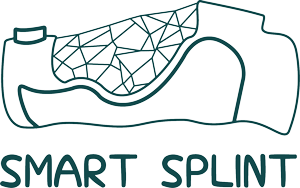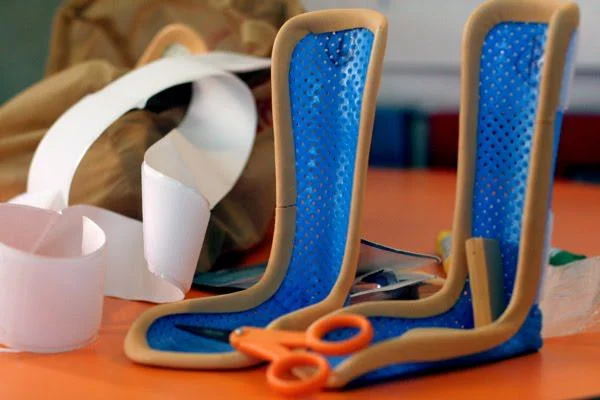Introduction:
The road to recovery after a fracture, injury, or orthopedic surgery often involves the use of an orthopedic splint. While these medical devices are crucial for healing, they can present challenges when it comes to everyday tasks, particularly in a work setting. This blog explores the various hurdles individuals may face while working with an orthopedic splint and provides insights on how to overcome these challenges for a smoother journey to recovery.
1. Limited Mobility:
One of the primary challenges individuals encounter when working with an orthopedic splint is the restriction of movement. Depending on the location and extent of the injury, mobility can be significantly limited, making it challenging to perform routine tasks that require a full range of motion. In a work environment, this limitation may impact productivity and efficiency.
2. Difficulty Performing Manual Tasks:
Jobs that involve manual labor or intricate tasks become notably challenging with an orthopedic splint. Fine motor skills may be compromised, affecting the ability to handle small objects, type on a keyboard, or perform tasks that require precision. This can pose a challenge for individuals whose work demands such manual dexterity.
- 3. Fatigue and Discomfort:
Wearing a splint for extended periods can lead to fatigue and discomfort. The added weight and bulkiness of the splint may contribute to physical fatigue, impacting overall energy levels during the workday. Discomfort from prolonged splint use may also affect concentration and focus on job responsibilities.
4. Social and Emotional Impact:
The visibility of an orthopedic splint may draw attention in the workplace, leading to social and emotional challenges. Colleagues’ inquiries, well-intentioned or not, about the injury or the use of the splint can be emotionally taxing. This heightened visibility may contribute to feelings of self-consciousness or frustration.
5. Adapting Workspace:
Individuals with orthopedic splints may need to adapt their workspaces to accommodate their condition. This could involve rearranging desks, using ergonomic tools, or requesting accommodations from employers. Adapting the workspace can be a time-consuming process and may require open communication with supervisors and colleagues.
6. Navigating Work Environments:
Work environments vary, and some may present additional challenges for individuals with orthopedic splints. Factors such as uneven terrain, stairs, or limited accessibility can complicate the daily commute or movement within the workplace. Navigating these environments safely becomes a crucial consideration for individuals with splints.
7. Balancing Work and Recovery:
Striking a balance between work responsibilities and the need for rest and recovery poses a significant challenge. Some individuals may feel pressure to maintain their regular workload despite physical limitations, potentially hindering the healing process. Balancing these competing demands requires careful consideration and communication with employers.
Conclusion:
Working with an orthopedic splint presents a unique set of challenges that individuals must navigate during their recovery journey. From limited mobility to social and emotional impacts, each challenge requires a tailored approach for effective resolution. Employers and colleagues play a crucial role in fostering a supportive work environment that accommodates the needs of individuals with orthopedic splints. By addressing these challenges collaboratively, individuals can overcome obstacles, maintain productivity, and prioritize their health and recovery in the workplace.



